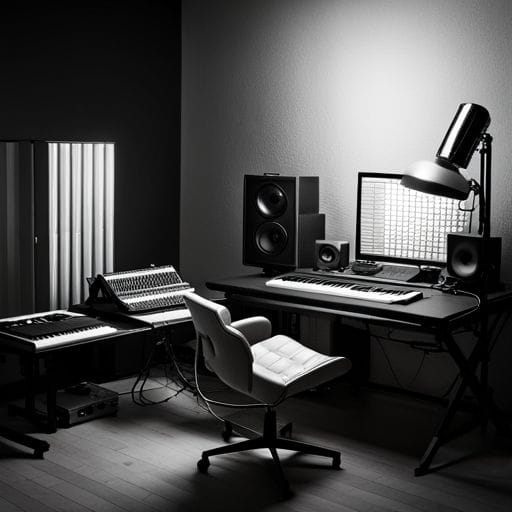Creating ambient textures in Ableton Live

What are some tips for troubleshooting common issues when creating ambient textures in Ableton Live
Creating Ambient Textures in Ableton Live
If you’re a fan of Ableton Live and love the idea of creating ambient textures for your music, this article will take you on a walkthrough on how to get that dreamy, ambient feel using only Ableton Live’s stock plugins. From drones to soundscapes, and a variety of textured pads, we’ll be delving into the power of Ableton Live to craft unique and immersive ambient soundscapes.
Understanding Ambient Textures
The key to creating a successful ambient texture is understanding the feeling you want to convey. Ambient textures are not just about sound, but more about creating atmosphere and emotion. Textured pads, drones and soundscapes are not merely an assembly of noises, but a carefully considered construction designed to invoke a particular mood or emotion.
Ableton Live: A Powerful Tool for Ambient Textures
Ableton Live is a fantastic tool to create ambient textures. With its extensive suite of plugins, from reverb and delays to synthesizers and samplers, it provides a versatile platform in which to construct your sounds. Even if you’re a beginner, Ableton Live is user-friendly and perfect for getting that hands-on experience.
Step One: Creating a Basic Pad Sound
Pad sounds form the sonic backbone of most ambient textures. Ableton Live’s Wavetable and Operator synths are perfect for this. Start by choosing a gentle waveform, like a sine or triangle wave. Add some low-pass filtering to remove any harsher frequencies. Using the attack, decay, sustain, and release (ADSR) envelope, you can shape the overall profile of your sound to be more gradual and smooth.
Step Two: Adding Atmosphere with Reverb
Sound quality is essential in ambient music, and reverb plays a massive part in this. The Ableton Live reverb plugin is perfect for giving your pad sound a sense of space. Try exploring various presets, tailoring the decay time and dampening parameters to enhance the atmospheric quality of your textures.
Step Three: Texturing with Delays
Delay plugins create echoes of your original sound, adding dimensionality and diversity to your texture. The Echo and Ping Pong Delay plugins in Ableton provide excellent features for detailed and nuanced delay settings. They can turn a simple pad sound into an evolving, complex texture with just a few tweaks.
Conclusion
is creative and fulfilling. By understanding the basics and then experimenting with Ableton’s wealth of plugins, you’ll be creating beautiful, immersive, ambient textures in no time. Remember, there are no rules! So, get creative, experiment and most of all, enjoy the process.
Read more at: https://uygarduzgun.com/sound-on/creating-ambient-textures-in-ableton-live/
